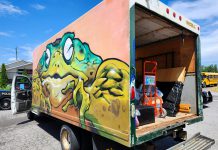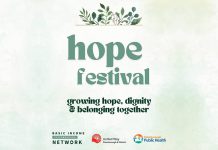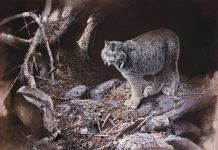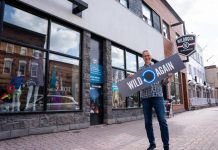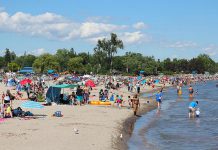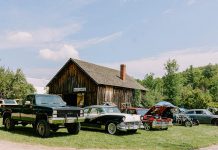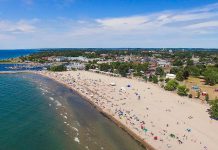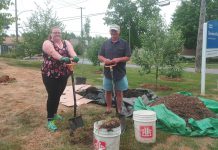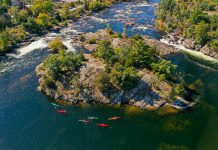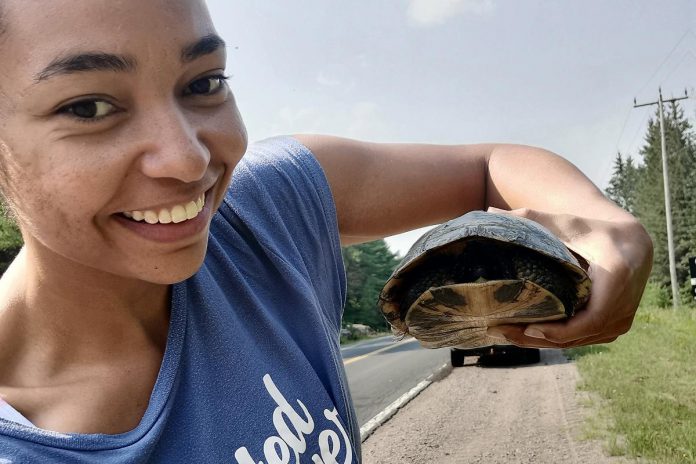
Canada is home to some of the most beautiful and diverse natural spaces. From coast to coast to coast, this country is filled with picturesque national and provincial parks, crown land, and ever-growing trail systems that provide perfect places for outdoor recreation and connecting with nature.
With that in mind, it’s no surprise that we have many organizations, non-profits, and businesses that work to advocate for the protection and sustainability of our most precious assets: our land, water, and air.
The environmental movement has evolved over time and gained more traction in recent years due to the threats and impacts of climate change on the environment and our society. However, the environmental movement, both historically and currently, has excluded voices from Black, Indigenous, and communities of colour. This exclusion has been deliberate.
The exclusion of racialized voices in the environmental movement is often called environmental racism — a form of systemic racism, meaning that it is embedded in our laws, governing policies, institutions, and society as a whole. This has been the case in North America since colonization.
The term environmental racism was coined by Benjamin Chavis, a Black civil rights leader in the U.S in the early 1980s. The term is defined as “racial discrimination in environmental policy-making, the enforcement of regulations and laws, the deliberate targeting of communities of color for toxic waste facilities, the official sanctioning of the life-threatening presence of poisons and pollutants in our communities and the history of excluding people of colour from leadership of the ecology movements.”
In Canada, the most prevalent examples of environmental racism are the lack of clean drinking water in First Nations communities, the deliberate installation of toxic waste sites next to racialized communities (for example, Africville in Nova Scotia), and racist legislation like the Indian Act. While some of these examples may seem historical, environmental racism is ongoing now even in 2022.
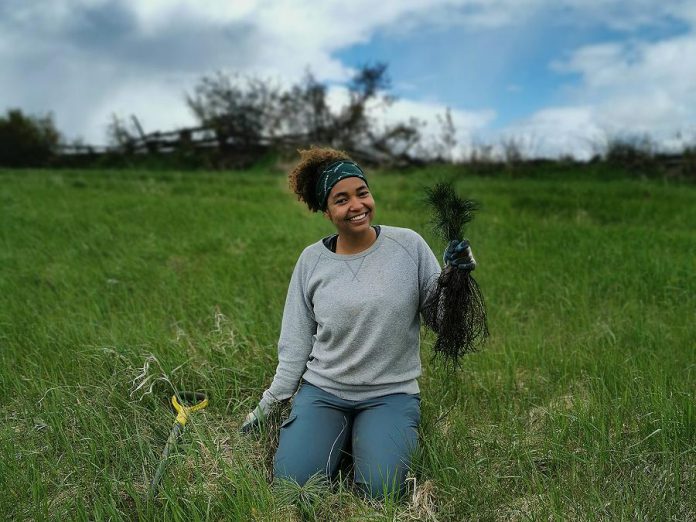
The modern landscape of the environmental field is held primarily through a colonial way of thinking. This colonial way of thinking continues to create echo chambers that support a predominately white community of environmental voices of authority. This keeps BIPOC voices out of the conversation. Consensus continues to be reinforced by a group that identifies as entirely or mostly white. This all keeps the wheels of racialized environmentalism turning.
Environmental racism has also created generational barriers. These barriers are upheld today through gatekeeping — the ill-intentional controlled access of information or resources to targeted groups — and the use of harmful stereotypes.
With an almost exclusively white leadership in the environmental sector, a narrative that “only white people care about these issues” or “only white people are doing this work” is perpetuated. Representation matters. This lack of diversity prevents BIPOC people from seeing themselves in environmental fields or as part of the solution to environmental issues we all face.
Many popular clothing brands and outdoor gear companies have predominantly put out flyers, commercials, and promotional videos and images that showcase only white people and white families using these products. In movies and TV shows, you will predominately see only white people camping, hiking, or enjoying recreational activities in nature.
The same can be said for environmental literature, which features predominantly white contributions to a field and has traditionally disregarded the important histories of Indigenous and Black voices in advancing environmental justice movements.
This racial segregation has been created over time and continues today. This environmental racism has been one of the biggest contributors to an ongoing narrow view of both BIPOC people and nature.

We also see white gatekeeping in our parks and nature reserves. Black people, alongside other racialized communities, have experienced many negative interactions and experiences while trying to access nature.
These experiences range from questioning stares from white individuals to intrusive questions about why they are there to begin with, to aggressive confrontations and baseless accusations. Note the incident in May 2020 at Central Park in New York, where a white woman accosted a black man by making a false police call after he asked her to put her dog on a leash.
All this leaves many BIPOC individuals feeling unwelcome and unsafe in natural spaces. So how do we even start to try and fix these complex problems? The first step is representation.
There is a huge need for diverse representation in the environmental movement and outdoor recreation. This doesn’t mean hiring racialized people to fill a quota or check a diversity box for visual representation. That is tokenizing. What we need is meaningful representation. This looks like people with diverse backgrounds and lived experiences holding decision-making positions and influence within organizations. This looks like diversified boards of directors and executives.
Additionally, instead of performative allyship we need active allyship. Active allyship looks like intentionally creating space for BIPOC voices in your workplace, clubs, and groups. Advocating for anti-racism/decolonization training in your workplace, clubs, and groups means standing up and speaking out when you witness racist incidents occurring.
Doing personal learning and supporting the work that the BIPOC community is doing by following diverse content creators and BIPOC-led organizations can help kick-start advocacy.
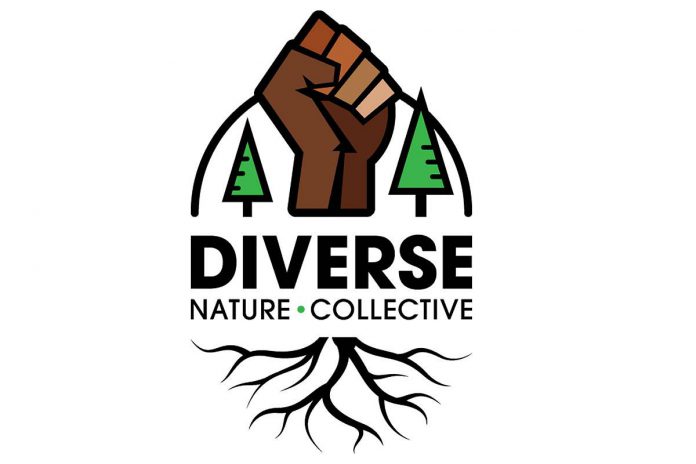
Performative displays of allyship include things like black squares on Instagram and Facebook statuses where you express your concerns on racialized issues. While these performances can help raise awareness, especially when they go viral, they do not necessarily result in any actual change. We need active allyship where non-racialized folks advocate for changes within their organizations and businesses.
With the inclusion of BIPOC perspectives, we can work more effectively towards sustainable and long-term solutions to climate change and complex environmental issues while also creating a future that benefits everyone.
To learn more about the Diverse Nature Collective, visit diversenaturecollective.com.



